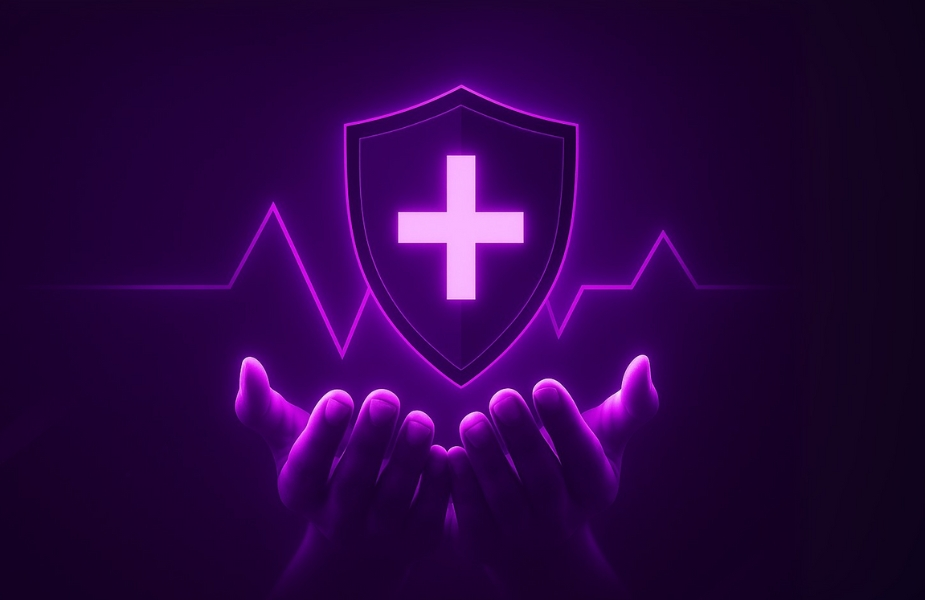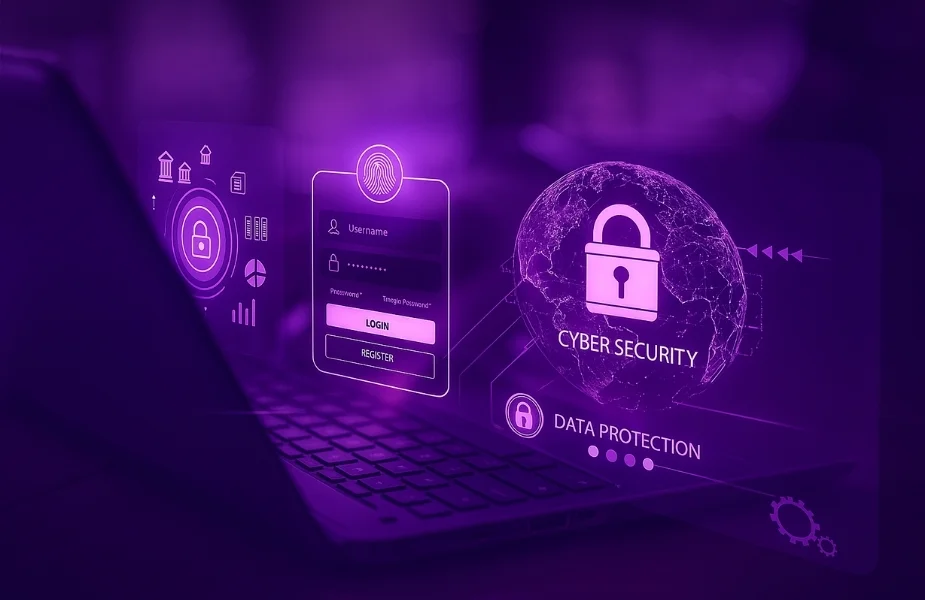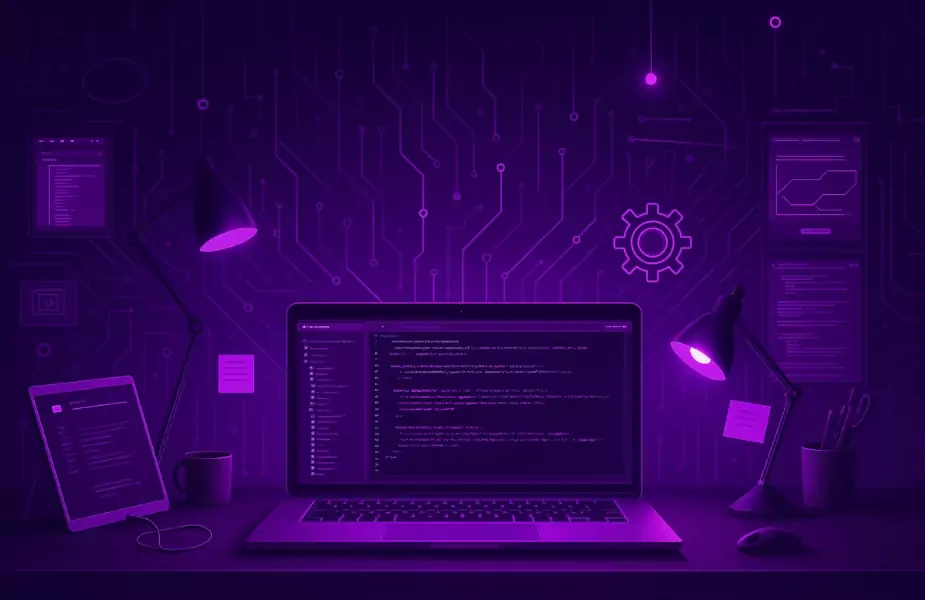The healthcare industry has undergone a massive digital shift. With everything from electronic health records (EHRs) and diagnostic systems to billing platforms and remote consultations moving online, it’s no surprise that cyber risks have surged alongside. But it’s not just the shift—it’s what’s at stake. Healthcare doesn’t just store data; it safeguards people’s most private details. And cybercriminals have figured out just how much that’s worth.
So why is patient data such a hot target—and why is the healthcare sector struggling to defend it?
HIPAA: High Stakes, High Pressure
HIPAA wasn’t built to scare hospitals, but in the current threat landscape, it’s become a flashing beacon for attackers. It’s the legal backbone of privacy in American healthcare, and it carries weight. Break it, and you don’t just pay fines—you risk trust.
Hackers understand this dynamic. A stolen medical record isn’t like a credit card that can be canceled and reissued. It’s permanent. Diagnoses, treatments, billing history, even family contacts—once that’s out, it stays out. That permanence is exactly why Protected Health Information (PHI) sells for so much on the dark web.
And when breaches happen, providers don’t just worry about the immediate cleanup. HIPAA violations can trigger lawsuits, investigations, and lasting damage to the organization’s name. Attackers know all of this—and they exploit the pressure. They count on healthcare entities being more likely to cave, pay up, and move on, even if it means rewarding the crime.
If you’re dealing with this kind of pressure, Protecxo’s SOC Audit helps evaluate your security posture and ensure HIPAA-aligned readiness before a breach ever occurs.
Ransomware Doesn’t Just Shut Down Servers—It Disrupts Care
A ransomware attack on a retail brand is costly. A ransomware attack on a hospital is dangerous.
When systems freeze, it’s not just the computers that stop. It’s access to EHRs, diagnostic machines, and operating room software. Staff are forced to revert to manual methods, surgeries get delayed, and ambulances may even be turned away. Lives hang in the balance—and attackers know that too.
isn’t just theory. It’s happened, repeatedly. And it keeps happening because attackers know the clock is ticking the moment they strike. Healthcare providers are under immense pressure to restore operations, and in that panic, ransom demands often get paid. If you want to know what a mature, proactive response looks like in these high-stakes moments, read our blog on Proactive Threat Hunting in Modern SOCs.
Legacy Systems
Walk into most hospitals and you’ll find cutting-edge medical gear running on ancient operating systems. Devices designed to save lives are often powered by tech that stopped receiving updates a decade ago.
Modernizing healthcare infrastructure is tricky. You can’t just take systems offline, and budget constraints are real. But those old machines? They’re cybercriminal magnets. No encryption. No multi-factor authentication. No meaningful audit trails. For a hacker, it’s like finding a door that was never locked in the first place.
Where Protecxo Fits In
At Protecxo, we don’t just monitor alerts—we help healthcare providers get ahead of them. Our cybersecurity services are built around the real-world pressures of medical environments. We know what’s at stake, and we act accordingly.
Here’s how we help:
- Proactive Threat Hunting: Instead of waiting for problems, we assume intrusions have already occurred. Our analysts actively search for signs of compromise across patient systems, medical devices, and cloud platforms.
- Total Visibility: Healthcare IT is a complex maze. We map out every layer—EHRs, diagnostic platforms, mobile apps, lab systems—to deliver a unified view of your risk surface.
- Fast, Clinical-Aware Incident Response: When time is critical, our team acts with urgency. We contain breaches, restore services, and document the response with HIPAA-aligned transparency.
- Compliance Support with Real Impact: Beyond checking boxes, we help organizations show regulators they’ve gone above and beyond. Our reporting, risk scoring, and advisory services make compliance part of a bigger, stronger strategy.
And what if you’re stuck with legacy systems? We’ve got workarounds and compensating controls to tighten security without breaking clinical workflows.
Because Cybersecurity Is Now Patient Safety
Cybersecurity in healthcare isn’t just about keeping data safe—it’s about keeping care uninterrupted. When patient records, diagnostics, or treatment plans are compromised, the consequences aren’t just financial—they’re personal, even life-threatening.
That’s why modern healthcare organizations need more than antivirus and firewalls. They need a strategy that accounts for the unique risks of their environment—from outdated systems and compliance pressure to the growing threat of ransomware. And that strategy must be proactive, not reactive. Teams like Protecxo specialize in supporting healthcare environments with security practices that match the urgency and complexity of real-world care.




